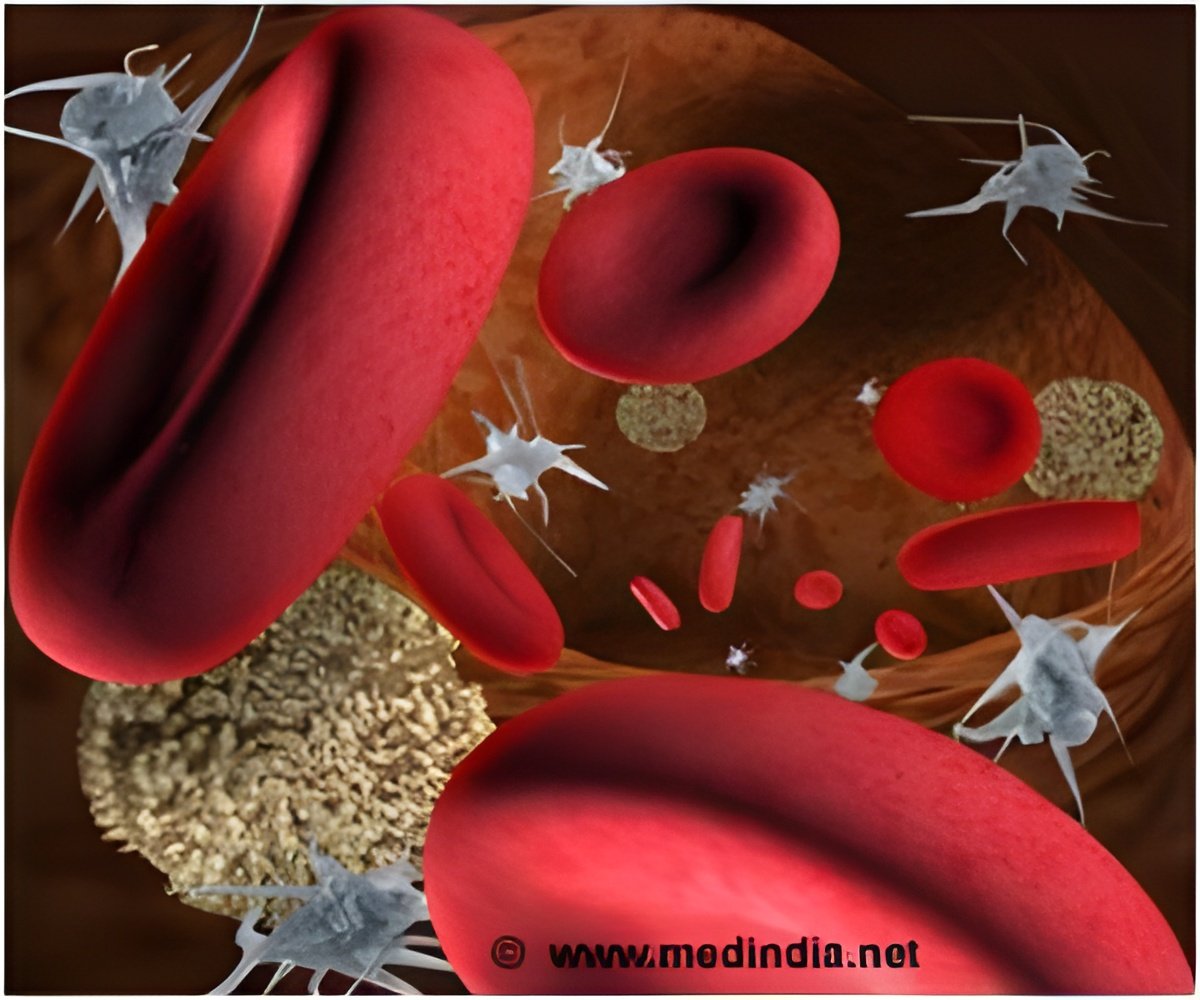
The similarity between blood and ketchup is something not only filmmakers are aware of. Experts refer to these materials as "non-Newtonian fluids," of which ketchup and blood are prime examples. These fluids have flow properties that change depending on conditions, with some becoming more viscous, while others become less viscous. Blood (like ketchup) is a "shear thinning fluid" that becomes less viscous with increasing pressure and it is this that allows blood to flow into the narrowest of capillaries. The flow properties of water are, in contrast, essentially constant.
Up until now it has been assumed that the special flow characteristics exhibited by blood were mainly due to the presence of the red blood cells, which account for about 45 percent of the blood’s volume. Blood plasma was generally regarded simply as a spectator that played no active role. For decades, researchers have assumed that blood plasma flows like water. After all, plasma, the liquid in which the blood cells are suspended, consists to 92 percent of water. But results from researchers at Saarland University and at the University of Pennsylvania have now shown that plasma is a very special fluid that plays a crucial part in determining how blood flows. The results demonstrate that blood plasma is itself a non-Newtonian fluid.
Source-Eurekalert












